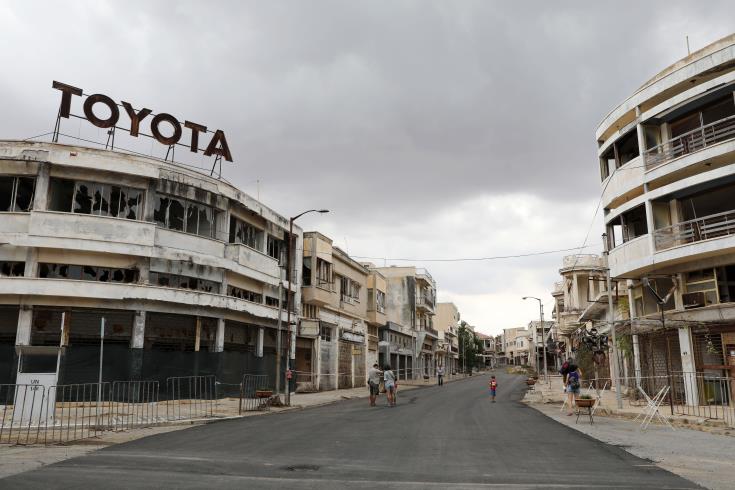In the eastern Mediterranean, on the beautiful island of Cyprus, lies the ghostly and hauntingly enigmatic city of Varosha. Once a vibrant and bustling tourist destination, Varosha now stands as a poignant symbol of division and conflict on this idyllic Mediterranean island. This article explores the history, rise, fall, and current status of Varosha, a place where time seems to have stood still.
Varosha, located in the city of Famagusta, Cyprus, was once a jewel of the Mediterranean. During the 1960s and early 1970s, it was a popular destination for tourists, attracting celebrities, affluent travelers, and sun-seekers from around the world. With its beautiful sandy beaches, luxurious hotels, and lively entertainment, it was often compared to the French Riviera. One of its most iconic landmarks was the 12-story “Acapulco Hotel,” which hosted guests like Brigitte Bardot, Elizabeth Taylor, and Richard Burton. Varosha epitomized the Mediterranean dream, offering a glamorous and sun-soaked escape.
However, Varosha’s tranquility was shattered in 1974 when Cyprus became embroiled in conflict between Greek and Turkish Cypriots. During the Turkish invasion of Cyprus in July 1974, Varosha’s residents and tourists fled in fear, leaving behind their belongings and the city they once loved. The city was subsequently occupied by Turkish forces, and the residents’ homes and the city’s hotels have remained untouched ever since. The conflict resulted in the division of the island into the Republic of Cyprus, controlled by Greek Cypriots in the south, and the self-declared Turkish Republic of Northern Cyprus in the north, which is recognized only by Turkey. The buffer zone established by the United Nations along the dividing line runs right through Varosha, rendering it an abandoned, fenced-off area.
Varosha today is an eerie time capsule, with its buildings, hotels, and infrastructure left untouched for nearly five decades. Nature has slowly reclaimed the city, with trees and plants growing through the cracks in the pavement. The once-lively streets are now quiet and off-limits to the public, patrolled by Turkish military personnel.
Photographs of Varosha’s decaying hotels and homes evoke a sense of both melancholy and intrigue. The city’s eerie, frozen-in-time quality has led to its being called the “Ghost Town of Cyprus.” Efforts have been made over the years to resolve the Varosha issue and to reopen the city to its former residents and the international community. Various negotiations and proposals have been put forth, but the situation remains complex and politically charged. The future of Varosha remains uncertain, and its potential reopening is a topic of both hope and trepidation for those who once called the city home. Reunification talks and diplomatic efforts continue, but the situation is a reminder of the deep-seated divisions and complexities that persist in Cyprus.
Varosha, Cyprus, stands as a powerful symbol of the consequences of conflict and division. What was once a thriving tourist destination now lies in an eerie state of abandonment, fenced off in a buffer zone. Its empty streets, decaying buildings, and the memories of those who lived and visited here serve as a haunting reminder of the need for resolution and reconciliation in a world marked by historical conflict. The fate of Varosha remains uncertain, and its story continues to be a subject of international interest and concern.


